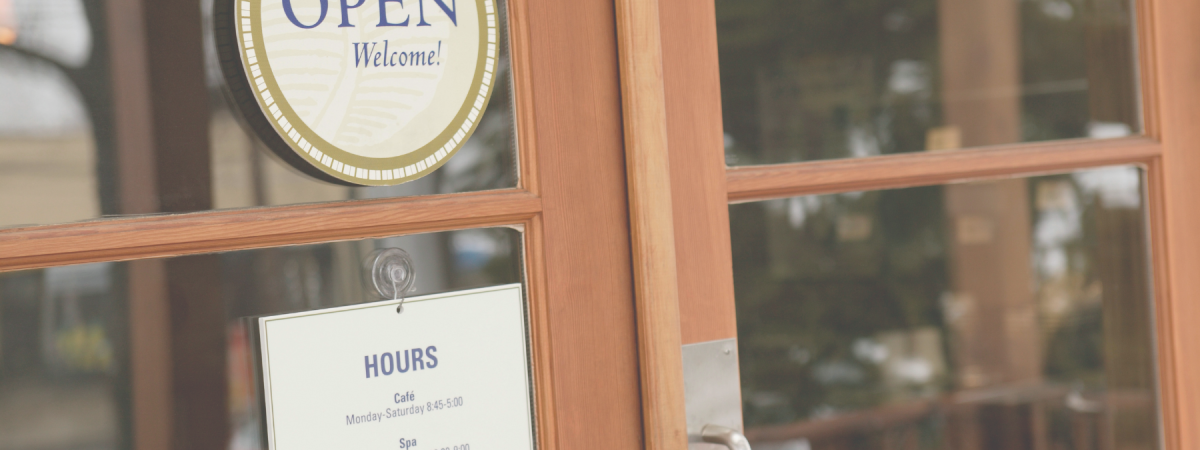
What is the supply chain and why is it in crisis?
This year, you may have heard a lot about the global supply chain and its struggle to keep up with consumer demand. While your life and daily routine is undoubtedly impacted by the flow of the supply chain, it might be hard to envision exactly what it is. In this article, we take a look at what constitutes the global supply chain and examine why it’s struggling.
What is a supply chain?
Put simply, a supply chain is the network between a company and its suppliers that facilitates producing and distributing a specific product or service. This includes producers, vendors, warehouses, transportation companies, distribution centers, and retailers.
With so many moving parts, plenty of issues can disrupt a given supply chain. A shortage of raw materials, damage to products, or a natural disaster like a fire or storm could all potentially delay goods from reaching consumers.
It’s all about supply and demand.
Almost everything you purchase and use in North America is dependent on the sometimes-well-oiled machine that is the supply chain. Your food, medicine, clothing, and appliances all come from somewhere, and often travel across oceans to get to you.
What happens to the world economy when there is much more demand than supply? What if there are more people asking for the products than there are cargo containers, ships, packaging, and workers to transport them?
Recently there’s been massive deceleration in getting products to consumers, coupled with price hikes on those same products. The Bureau of Labor Statistics estimates consumer prices have grown an average of almost five percent since before the pandemic, with some types of goods showing much larger increases.
Why 2021?
The course of the pandemic has had a tremendous impact on the global supply chain. While the outbreak of the Coronavirus pandemic understandably threw business off course in 2020, a series of 2021 events has only made matters more complex.
On top of the container ship lodged in the Suez Canal in the spring that caused a significant backlog of global shipments, the Delta variant of COVID-19 had led to new restrictions and delays in nations worldwide.
This is also a reflection of one of the risks of our supply chains; they’re offloaded to nations all over the world. In North America, most of the manufactured goods we consume are made in Asia and Latin America, because the mobility and price of cargo shipping made it the economic business choice. However, with container shipping prices increasing well over 100 percent since 2020, the vulnerabilities with this model are clear.
Cargo shipping did have a failsafe in place before the pandemic: stowing shipments of goods in the bellies of commercial passenger jets already flying between Asia and the United States. However, this too has proven to have its own issues, with far fewer flights scheduled now compared to pre-pandemic.
Manufacturing capabilities in North America are historically low because of the offshore movement of industries. And when companies who do still produce goods on the continent look to expand their capabilities, they face a shortage of the raw materials needed to do so.
On top of everything, global labor shortages add extra difficulty to an already struggling process. The workers that the entire process relies on cannot keep up with the demand.
As The Atlantic explains, “container ships wait offshore, sometimes for months, because ports don’t have the capacity—the dock workers, the warehouse staff, the customs inspectors, the maintenance crews — to unload ships any faster. Truck drivers to distribute those goods were in high demand even before the pandemic, and now there are simply not enough of them to do all the work available.”
How has the supply chain crisis affected industries worldwide?
Many businesses have felt the burn of this year’s supply issues. Here are some examples that you may not have been aware of when online shopping or ordering new office supplies:
- Some book publishers found themselves having to postpone release dates, as the pulp used to manufacture paper was in short supply, largely due to online shopping’s endless demand for cardboard.
- Auto manufacturing has been severely impacted by decreased manufacturing capabilities in countries like Vietnam and Malaysia, where a limited access to vaccines has meant limited manpower in both factories and ports to prevent infections. This has led to a critical shortage in the components fundamental to building modern vehicles. It is estimated that due to the chip shortage, seven million cars were not built.
- Rental car companies had to sell off a “sizeable portion” of their fleets during the worst of 2020, and now find themselves unable to replace those lost vehicles, causing a significant shortage in comparison to customer demand.
- Pharmaceuticals are in short supply, as many drugs are either produced in China, or rely on raw ingredients from across the world.
- Food packaging and processing workers were among the hardest communities hit by the pandemic, and now those businesses find themselves very understaffed. This inevitably impacts availability from grocers as well.
What does this mean for business owners?
Depending on your industry, you might find yourself short on staff and short on products. You may be forced to make the decision between paying more for quicker delivery or embracing shipping delays for more affordable costs.
Businesses who were already hit hard by closures during pandemic-related lockdowns might find a new set of challenges heading into the Christmas shopping season.
While there are certainly more hardships ahead, now is not the time to cut staff or sacrifice quality. As you adjust to these new circumstances, finding other ways to save money – such as expense reduction on electronic payment fees, utilities, and more – can allow your business to continue to operate and protect your employees.
Related articles:
- Is your Business Impacted by the Global Shipping Container Shortage?
- Should your business be paying for shipping insurance?
- Why is waste so expensive?










